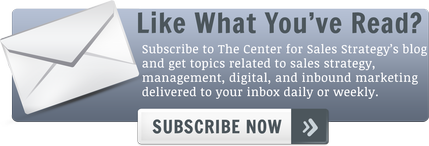 The recent lighting up of the Twitterverse following the rather intemperate remarks of a Cleveland job-bank executive gave many of us one of those cringing laughs. Or was it a laughing cringe? We cringed at how mean she was to a young job seeker, but we laughed at many of the comments made as the event proved again that bad news travels faster than good, that ugly behavior often makes for more interesting copy than does good behavior.
The recent lighting up of the Twitterverse following the rather intemperate remarks of a Cleveland job-bank executive gave many of us one of those cringing laughs. Or was it a laughing cringe? We cringed at how mean she was to a young job seeker, but we laughed at many of the comments made as the event proved again that bad news travels faster than good, that ugly behavior often makes for more interesting copy than does good behavior.
But let’s take this opportunity to look at what that woman was trying to accomplish—to respond appropriately to a LinkedIn connection request. She failed miserably, but you can succeed if you follow these best practices.
3 things to remember when you're networking on LinkedIn:
1. You don’t have to accept every LinkedIn request that you receive.
If you receive a request from someone that looks like spam, or their profile doesn’t meet the criteria for people that you would want to connect with, feel free to ignore the request. Or simply reply to the request and ask “Could you refresh my memory on where we met?” or “Can you let me know what your intentions for connecting are?” If you don’t feel comfortable accepting a request from someone, don’t feel obligated. But in any case, you shouldn’t feel like you have to explain why you’re not accepting. Just let the request go unanswered, and nearly all the time, it will just vanish into the ether.
2. Focus on building a large network.
LinkedIn is not Facebook. In fact, it’s wise to be careful who you add as a friend on Facebook, because it’s a friendship medium, but you can expand your LinkedIn network to simply add anyone you’ve ever worked with. This is especially true for people in sales – you never know who might become your next customer. It’s a great way to keep tabs on people you lose touch with when you move on from one job to the next, and it’s non-invasive. You gain more than you lose by keeping your network large. However, if you can’t think of any valid business reason for why you would want to accept a connection request from someone, you shouldn’t accept it.
3. Remember the Golden Rule (and if that doesn’t work, try the Platinum Rule).
Do you appreciate it when people you don’t know or people that you can’t conceive of why they would want to connect with you send you an invitation to connect? No, of course not! So make sure that you do unto others as you would like them to do unto you. Think about the recipient, too. The idea behind connecting on LinkedIn is to have that barrier in place that forces you to know their email address. If you only know the person’s email address because you’ve seen it published online, you shouldn’t connect with them. Do them the courtesy you yourself would appreciate.
Don’t send LinkedIn requests to people you don’t know or don’t have a solid reason for knowing them. The executive should have used the Platinum Rule, which states, “treat people the way they want to be treated,” remembering what it’s like to be 25 and on the job market. Or at the very least, she shouldn’t have hit the send button on that email.
That’s a mistake she won’t make again.



